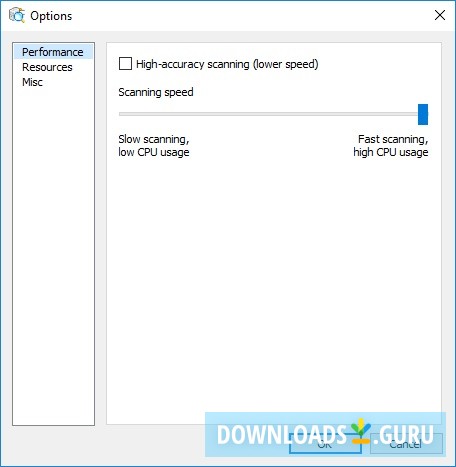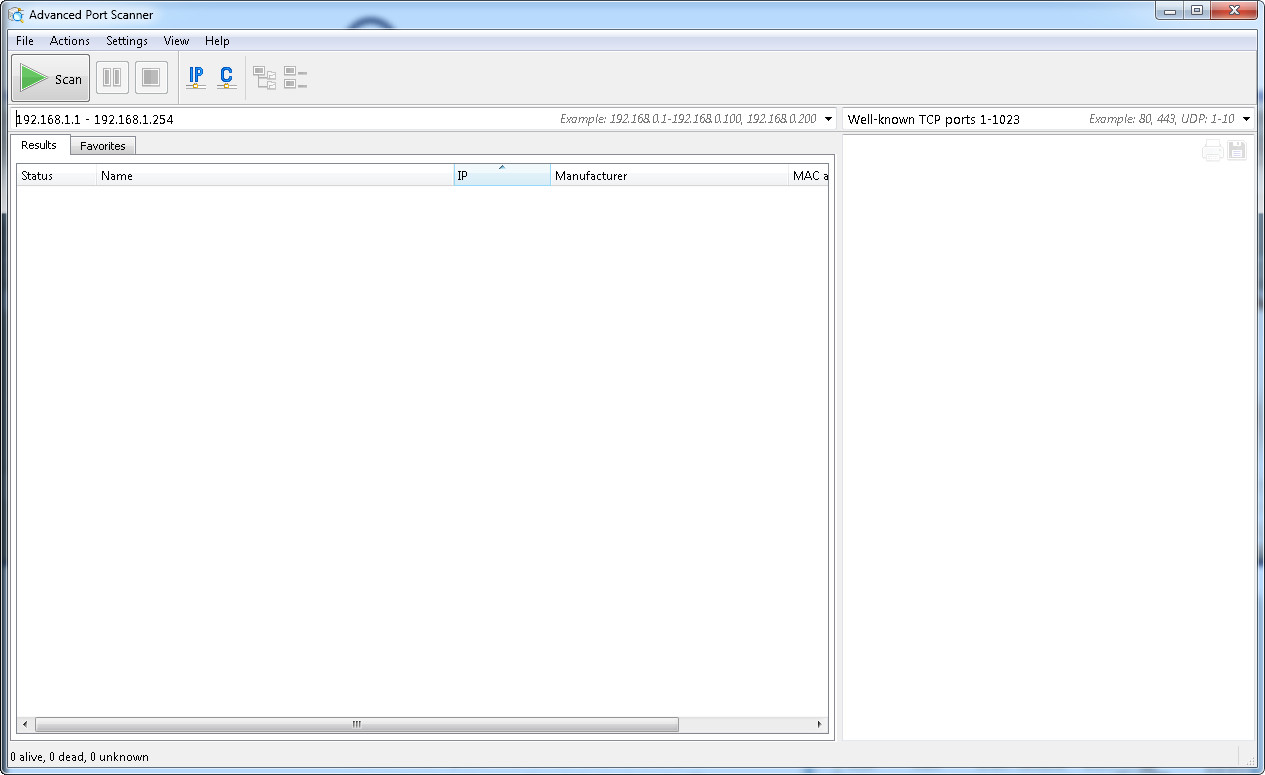

TCP SYN scan: SYN scan is also known as half-open scanning as it doesn’t connect completely to the port. Let’s look into each scan type in detail.

There are multiple port scanning techniques available. These ports lie in the range of 1024-49151.

Registered ports: These ports are associated with certain protocols or application.Well known ports: These ports are in the range of 0-1023.There are total 65536 ports each for TCP and UDP protocol which are divided into three ranges: Filtered port: There is no reply from the remote host.Closed port: The remote host sends a response indicating the connection is denied.Open port: The remote host sends a response to accept the connection.


 0 kommentar(er)
0 kommentar(er)
